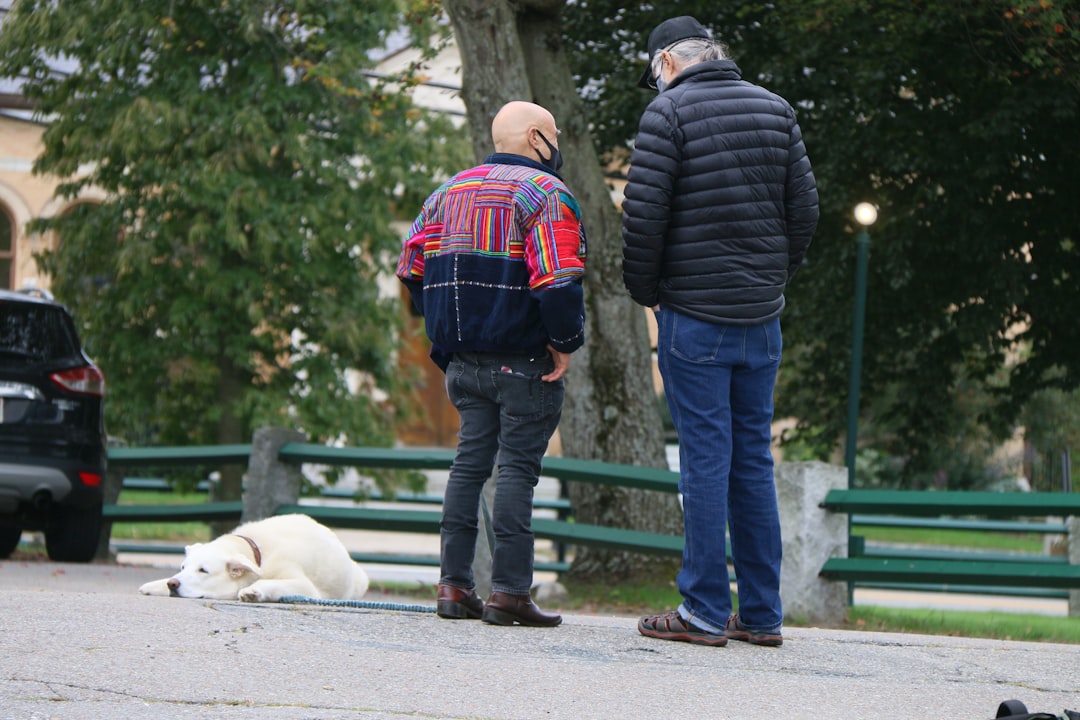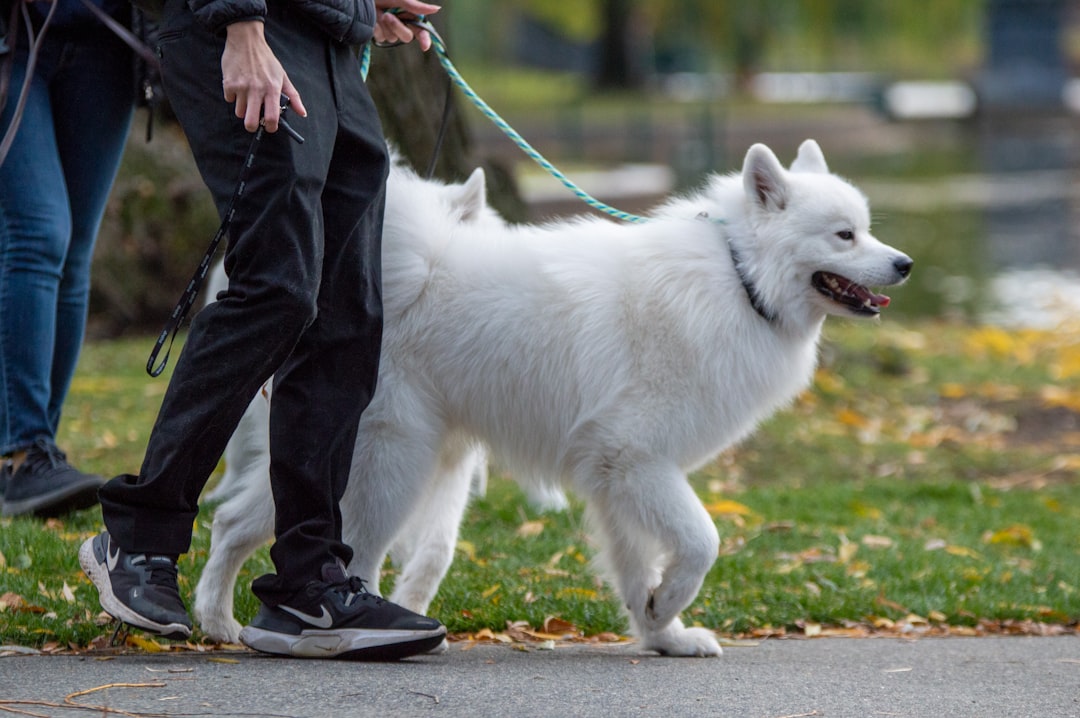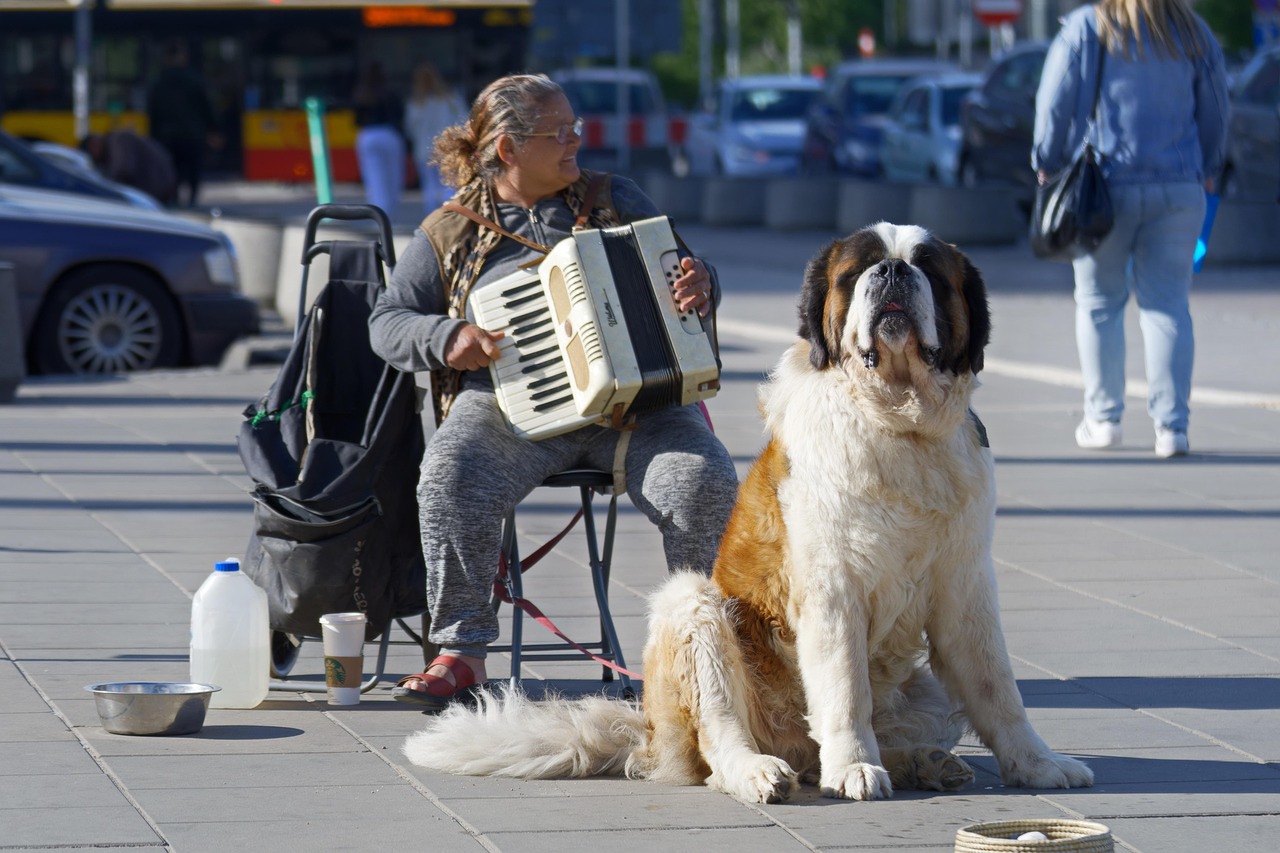Life has a funny way of showing us exactly what we need when we need it most. For many seniors, that revelation comes with four legs, a wagging tail, and an unconditional love that asks for nothing more than a gentle pat and a warm lap to curl up on. Pets have always held a special place in our hearts, providing companionship, love, and unwavering loyalty. Having a pet can bring immense joy and many other benefits for seniors, especially those facing loneliness or health challenges.
While retirement was supposed to be the golden years, far too many seniors find themselves facing unexpected isolation, health challenges, or simply the quiet that comes when children have grown and careers have ended. Yet there’s something remarkable happening in communities across the country: seniors are discovering that a canine companion doesn’t just fill the empty spaces in their daily routine, but actually helps them rediscover parts of themselves they thought were gone forever. Let’s dive into how these remarkable relationships are transforming lives in ways that might just surprise you.
Combating the Loneliness That Creeps In

The statistics about senior loneliness are sobering, yet there’s something profoundly moving about watching an elderly person’s face light up when a dog enters the room. One of the most significant advantages of owning a pet for seniors is the companionship they provide. A pet, whether a dog, cat, bird, or even a tiny hamster, becomes a constant and reliable companion. Dogs don’t judge your wrinkles or care if you’ve repeated the same story three times this week.
What strikes me most is how dogs create this bubble of present-moment awareness that naturally shields seniors from dwelling on losses or worries. Pets live in the here and now, without worry about the future or thoughts about the past. Playing or cuddling with your dog or cat can help you do the same. There’s something beautifully honest about the way a dog greets you at the door with the same enthusiasm whether you’ve been gone for five minutes or five hours.
Creating Structure When Days Feel Empty

Dogs give their days a certain structure; fixed times for meals and walks provide elderly people with the feeling that they have a purpose and a responsibility towards someone. Dogs give a certain meaning to their lives, since the task of caring for a dog also means a great responsibility. It’s fascinating how something as simple as a dog’s feeding schedule can anchor an entire day with meaning.
I’ve witnessed this transformation countless times: seniors who previously struggled to get out of bed suddenly have multiple daily appointments with their four-legged alarm clock. Having another living being to care for can help seniors, especially those that are retired, add structure to their day, such as the daily routines of feeding or playing with a pet, or taking a dog outside. The beauty lies not just in the routine itself, but in feeling genuinely needed again.
Opening Doors to Unexpected Friendships

One of the most delightful surprises about dog ownership is how it transforms seniors into social magnets. Research has found being a pet owner was the third most common way that people meet other people in their neighborhoods. And, pet owners were significantly more likely than non–pet owners to get to know people in their neighborhoods. Dogs are natural conversation starters, breaking down social barriers that might otherwise feel insurmountable.
Walking a dog or playing with them outdoors brings you into contact with other dog lovers. Pets give you something in common and provide great conversation starters. Think about it: how many meaningful conversations have started with “What a beautiful dog! What breed is that?” These interactions often bloom into genuine friendships that extend far beyond discussing their pets.
Getting Bodies Moving Again

The exercise benefits are perhaps the most obvious, yet they’re still remarkable in their impact. Research published in BMC Public Health suggests dog owners on average walked more per day compared to people who didn’t own a dog. Research indicates not only an increase in exercise, but also that the exercise was at a moderate pace. The study found that the dog owners walked briskly and got their heart rates up.
What makes this even more compelling is that regularly dog-walking for at least 15 minutes three times a day is related to significantly higher work load on the bicycle exercise test in the “dog-walking” group at 12 months compared to the control group. Our results suggest that dogs may help to maintain continuous physical activity in elderly cardiovascular patients promoting their physical capacity. Rain or shine, those dogs need their walks, creating the kind of consistent exercise routine that health professionals dream of prescribing.
Healing Hearts in More Ways Than One

The cardiovascular benefits extend far beyond just the walking. Simply petting a dog can decrease the level of the stress hormone cortisol and increase the level of the mood-regulating hormone serotonin, resulting in lowered blood pressure and heart rate. There’s something almost magical about watching a senior’s entire demeanor change as they stroke a dog’s fur.
Some of the health benefits of having a pet include: decreased blood pressure, decreased cholesterol and triglyceride levels, decreased feelings of loneliness and increased opportunities for socialization. Studies have shown that the bond between people and their pets can increase fitness, lower stress, and bring happiness to their owners. These aren’t just feel-good stories, but measurable improvements that doctors can actually track.
Rediscovering Purpose Through Care

Pet owners said that their pets help them enjoy life (88%), make them feel loved (86%), reduce stress (79%), provide a sense of purpose (73%), and help them stick to a routine (62%). That sense of purpose statistic particularly resonates because retirement often strips away the professional identity that defined so many people for decades.
Feeding, brushing, and caring for a pet can also help a senior feel needed and purposeful. Feeding, brushing, and caring for a pet can also help a senior feel needed and purposeful. When someone depends on you for their daily needs, it creates a profound shift from feeling like a burden to feeling like a provider once again.
Building Bridges Across Generations

Dogs have this incredible ability to connect seniors with younger family members in ways that feel natural and joyful. Grandchildren who might struggle to relate to grandparents suddenly have common ground when there’s a friendly dog eager for attention. The shared experience of caring for and loving a pet creates bonds that transcend generational gaps.
I’ve watched families gather around a senior’s new puppy, with everyone taking turns teaching tricks or sharing walking duties. These interactions restore a senior’s role as someone who brings joy to the family rather than someone who needs constant care. The dog becomes a catalyst for multi-generational connection that might not have happened otherwise.
Providing Comfort During Difficult Times

Research sponsored by AARP found that a majority of older adults said their pet helps them cope with physical or emotional symptoms, and 46% said their pets help take their mind off of pain. When dealing with chronic conditions or recovering from illness, having a warm, comforting presence that asks nothing in return can be incredibly healing.
For seniors dealing with chronic pain, interacting with therapy animals can provide a positive distraction. Pet therapy can ease discomfort, reduce reliance on medications, and promote relaxation, making it a natural and non-invasive form of pain relief. Dogs seem to intuitively know when their human needs extra comfort, often positioning themselves exactly where they’re needed most.
Boosting Mental Sharpness Through Engagement

Beyond physical activity, pet therapy fosters cognitive engagement. Routine care tasks, recognition of commands, and recalling information about the pets stimulate memory and focus. This cognitive stimulation can slow the progression of cognitive decline associated with aging or conditions like dementia. Training a dog, even basic commands, requires mental engagement that keeps the brain active.
The daily decisions involved in pet care, from choosing walking routes to deciding on treats, provide gentle cognitive exercise that feels enjoyable rather than clinical. Pet therapy can also benefit seniors with cognitive impairments, such as dementia or Alzheimer’s disease. Therapy animals can help stimulate memories and encourage seniors to communicate and engage with others. Stories shared about past pets often unlock memories that seemed lost forever.
Inspiring a Return to Playfulness

Perhaps one of the most touching transformations is watching seniors rediscover their sense of play. Dogs have this remarkable ability to bring out the child-like joy that often gets buried under years of responsibility and loss. Studies show that most people feel more relaxed after spending time with a pet. And for people who tend to spiral into worry, the same study found that pets help them live in the moment, and stay mindful.
There’s something profoundly moving about seeing a 75-year-old person on the floor playing tug-of-war with a puppy, laughing with genuine delight. Dogs remind us that joy doesn’t have an expiration date and that silliness is actually a form of medicine. They give permission to be spontaneous again, to laugh out loud, and to find wonder in simple moments.
Conclusion

The relationship between seniors and their canine companions represents something far more profound than pet ownership. It’s about reclaiming vitality, rediscovering purpose, and reconnecting with the fundamental joys of being alive. Pets have a profound impact on seniors’ lives, providing companionship, emotional support, and numerous health benefits. Pets alleviate loneliness, foster a sense of purpose, and enhance overall well-being. The presence of a pet brings joy, happiness, and renewed enthusiasm for life, making them an invaluable addition to any senior household.
What strikes me most about these relationships is their reciprocal nature. While seniors provide dogs with loving homes, the dogs give back immeasurably more: renewed purpose, improved health, social connections, and a daily reminder that love doesn’t diminish with age. In a world that often overlooks the wisdom and value of its older members, dogs see only a beloved human worthy of devotion and joy. What do you think about the transformative power of these special relationships? Have you witnessed similar magic in your own family?

Gargi from India has a Masters in History, and a Bachelor of Education. An animal lover, she is keen on crafting stories and creating content while pursuing a career in education.






